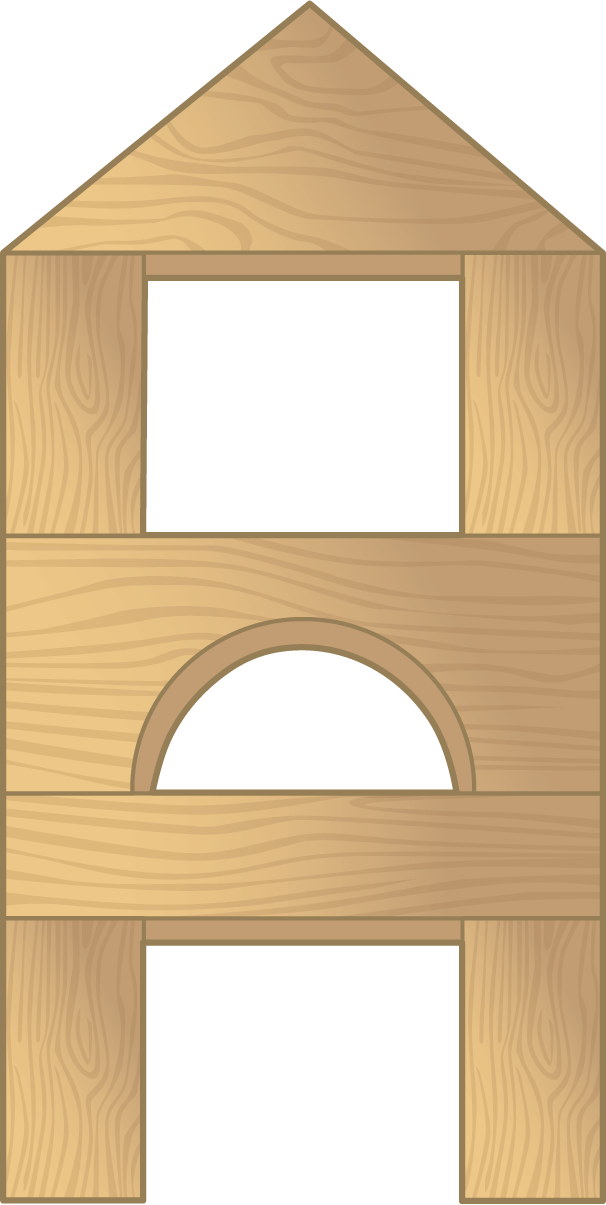Lesson 16
Represent the Classroom with Shapes
Warm-up: Choral Count: Count by 10 (10 minutes)
Narrative
The purpose of this warm-up is for students to count by 10 to 100. Although students see the written sequence of numbers, they are not required to identify numbers beyond 20 until Grade 1.
Launch
- Display numbers from 1 to 100.
- “Let’s count to 100.”
- Point to the numbers as students count to 100.
Activity
- “Now let’s count to 100 by 10.”
- Demonstrate counting by 10 to 100, pointing to each number as you count.
- “Let’s all count to 100 by 10.”
- Have students repeat the count multiple times.
Student Response
For access, consult one of our IM Certified Partners.
Activity Synthesis
- “Take turns counting to 100 by 10 with your partner.”
Activity 1: Make a Model of the Classroom (15 minutes)
Narrative
The purpose of this activity is to make a model of the classroom using solid shapes (MP4). To do this, students need to:
- choose important objects to represent.
- decide which shapes to use to represent the objects.
- place the shapes appropriately to represent where things are in the classroom.
The purpose of the activity synthesis is to share some of the objects students chose to represent and how they represented them.
Supports accessibility for: Organization, Conceptual Processing
Required Materials
Materials to Gather
Launch
- Groups of 2
- Give students access to solid shapes and geoblocks.
- “You are going to use solid shapes to make a model of the classroom.”
- “Think about which objects you want to represent and how you will represent them.”
Activity
- 10 minutes: independent work time
- As they work, allow students to walk around the classroom so that they can look at objects they want to represent.
Student Response
For access, consult one of our IM Certified Partners.
Advancing Student Thinking
If students are unsure which objects in the classroom to represent, consider asking:
- “If you had to tell someone about our classroom who has never been here before, what would you tell them?”
- Choose one object and ask “How could you represent _____ with the solid shapes?”
Activity Synthesis
- Invite selected students to share their classroom models.
- “Which objects in the classroom did ___ represent?”
- “What shape did ____ use to represent a desk?”
Activity 2: Add to or Change the Classroom Model (15 minutes)
Narrative
The purpose of this activity is for students to revise their classroom models. Students go on a gallery walk to see the models of their classmates. Describing their model to their peers and seeing other models helps students develop ideas for how to add to or change their model (MP3).
Advances: Conversing
Required Materials
Materials to Gather
Launch
- “When a classmate comes to your model, tell them all about your model and what the shapes represent.”
Activity
- Invite half of the class to stand by their models while the other half walks around.
- 5 minutes: gallery walk
- Switch groups.
- 5 minutes: gallery walk
- “Were there any things that you saw in your classmates’ models that gave you an idea for things you want to add to or change about your model?”
- 1 minute: quiet think time
- 2 minutes: partner discussion
- Share responses.
- “Work on your model.”
- 4 minutes: independent work time
- Monitor for changes students make to their models including changing the shapes that they use, changing the relative position of the shapes, or putting in more shapes to represent additional features.
Student Response
For access, consult one of our IM Certified Partners.
Activity Synthesis
- Invite selected students to share changes that they made to their models and why they made them.
Activity 3: Centers: Choice Time (15 minutes)
Narrative
The purpose of this activity is for students to choose from activities that offer practice with number and shape concepts.
Students choose from any stage of previously introduced centers.
- Build Shapes
- Geoblocks
- Counting Collections
- Match Mine
- Shake and Spill
Required Materials
Materials to Gather
Required Preparation
- Gather materials from:
- Build Shapes, Stages 1-3
- Geoblocks, Stages 1-4
- Counting Collections, Stage 1
- Match Mine, Stages 1 and 2
- Shake and Spill, Stages 1-4
Launch
- “Today we are going to choose from centers we have already learned.”
- Display the center choices in the student book.
- “Think about what you would like to do.”
- 30 seconds: quiet think time
Activity
- Invite students to work at the center of their choice.
- 10 minutes: center work time
Student Facing
Choose a center.
Build Shapes
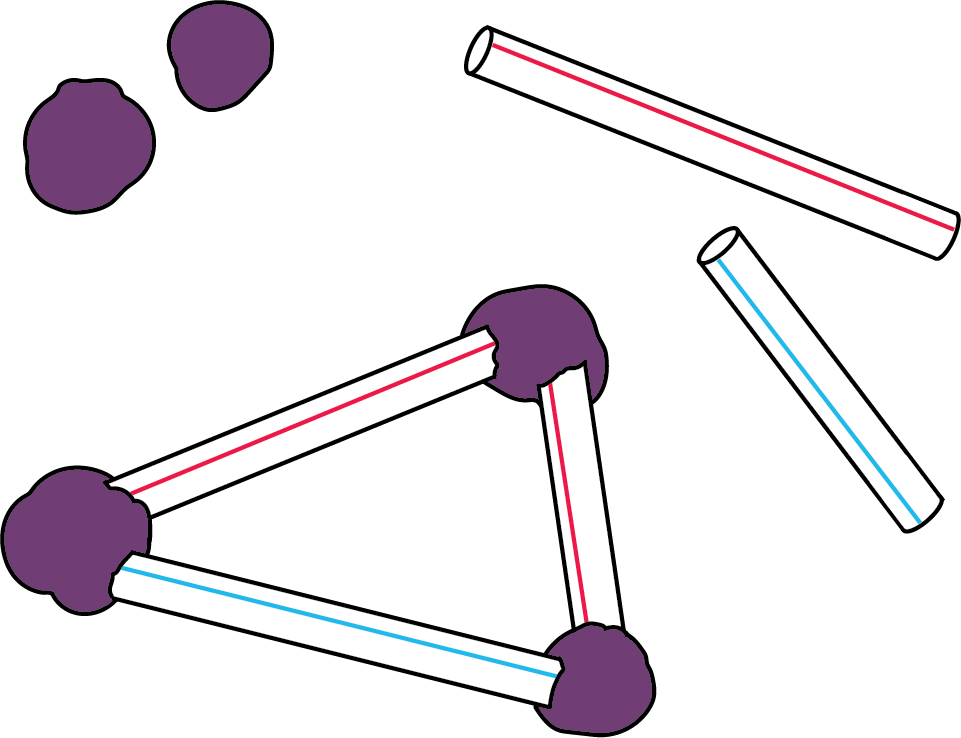
Geoblocks

Counting Collections

Match Mine

Shake and Spill

Activity Synthesis
- “Which centers do you want to keep working with in our next unit? Are there other centers that you’d like to try?”
Lesson Synthesis
Lesson Synthesis
“In this unit, we counted, compared, and built with flat and solid shapes.”
Display a variety of materials from this unit, such as pattern blocks, flat shape cards, solid shapes, geoblocks, and real-world examples of solid shapes.
“What is something that you got even better at in this unit? What did you do to help yourself get better at it?”
Cool-down: Unit 7, Section B Checkpoint (0 minutes)
Cool-Down
For access, consult one of our IM Certified Partners.
Student Section Summary
Student Facing
In this section, we described, compared, and created solid shapes.
cube
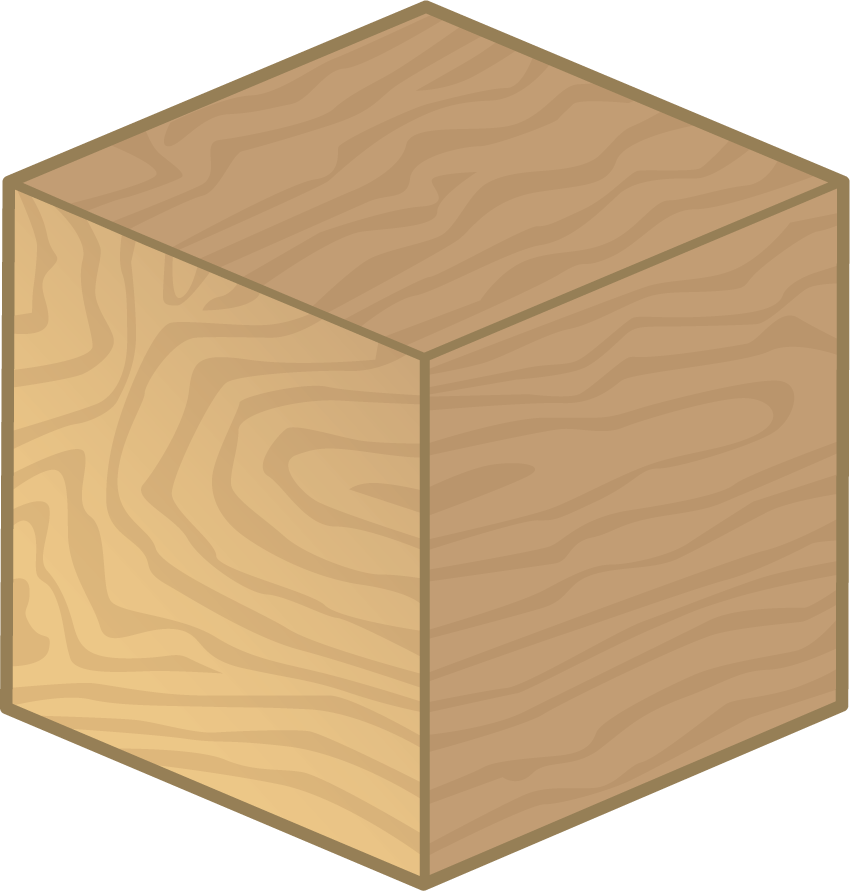
cone
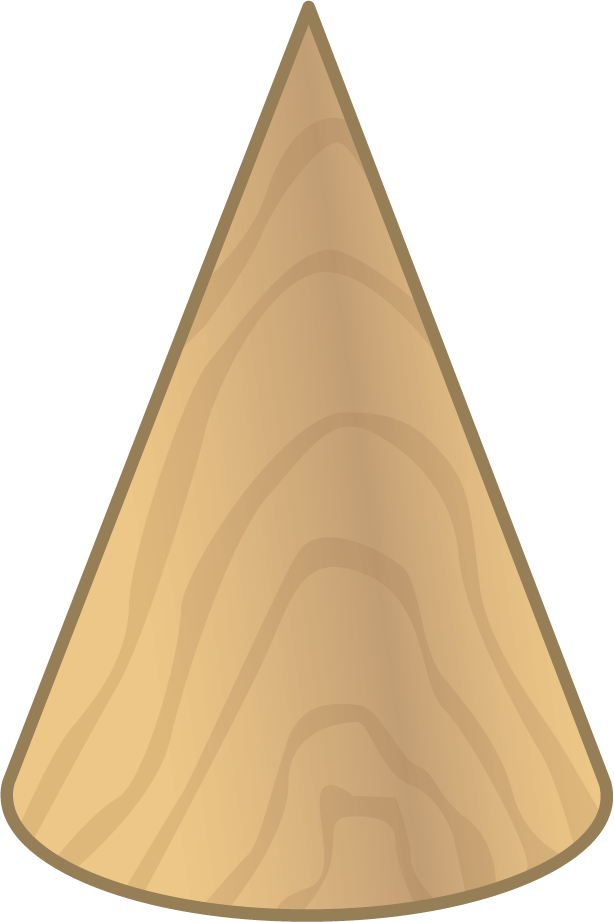
cylinder

sphere

We found examples of solid shapes in our world.

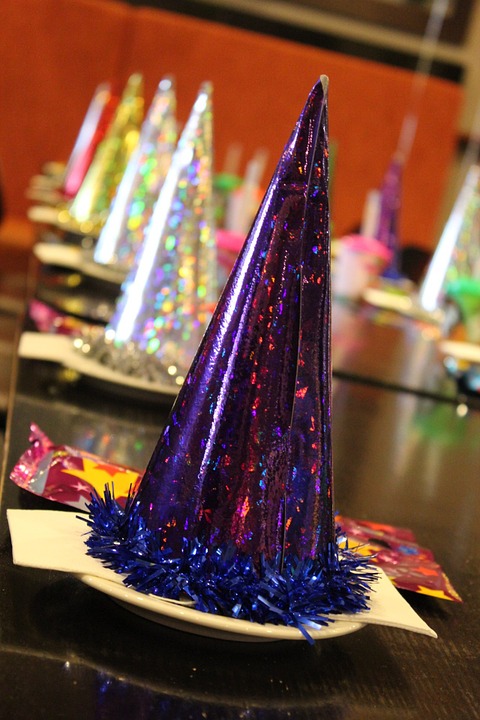

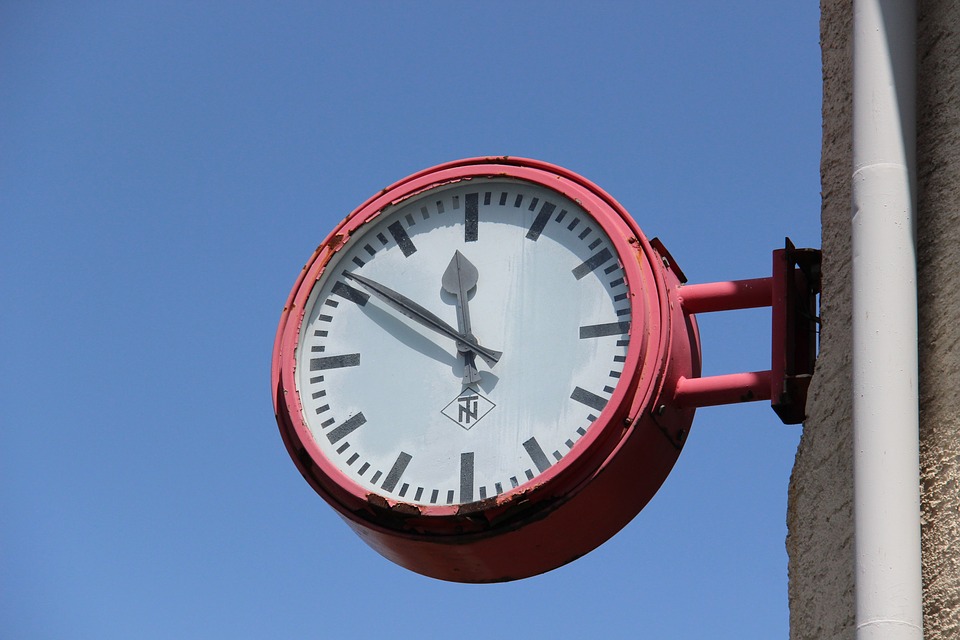
We used solid shapes to build things and described what we made.
